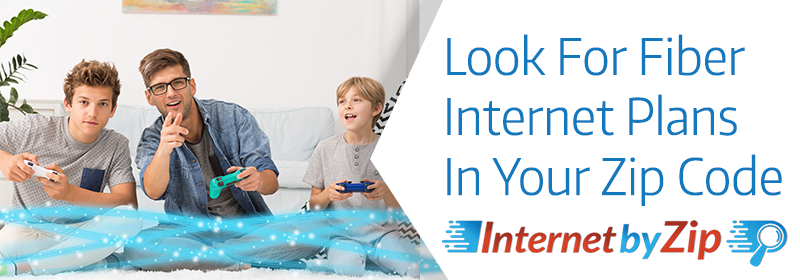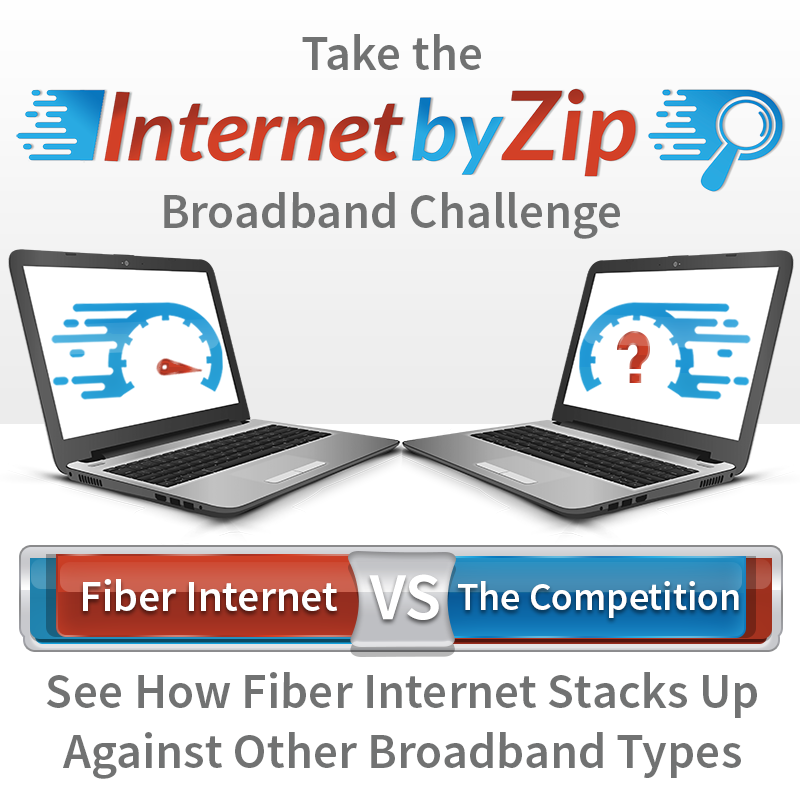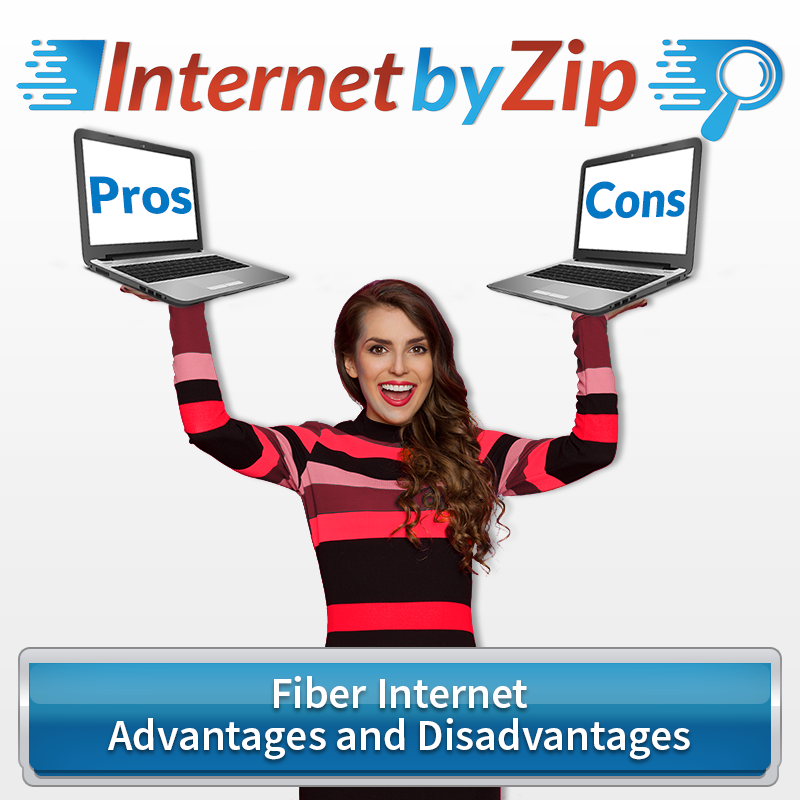
What is Fiber Internet?
Fiber-optic internet is high-speed broadband internet that comes to your home via fiber optic cables. Fiber-optic cables are made up of many strands of very thin glass or plastic fibers through which beams of light encoded with data are sent. The fiber optic strands are usually about the thickness of a strand of human hair and are much less expensive (and much lighter) than the copper or coaxial cables that have been used in past networks. Both cable companies and telecommunications companies have been using fiber-optic cable when they build new internet infrastructure to service new areas or to upgrade existing broadband networks. Believe it or not, most internet access runs across fiber optic cables somewhere along the line. For example, you might get fiber cable to the pole at your street, and then copper cable that connects from the pole to your home. Or there might be fiber cable all the way to the premises, but then an ethernet cable or a coaxial cable coming the rest of the way into your apartment building. Even wireless internet providers are generally using fiber optic lines somewhere in their backhaul, like the cables that bring the internet to their antennas. Many internet service providers are replacing copper wire connections with fiber optic cable for their high-speed internet and data services to create more network capacity to satisfy the ever-increasing amount of online content and subscribers.
How Fiber Internet Works:
To use fiber optic cables for internet access, data is coded into a beam of light and then it is directed down a very thin strand of plastic or glass fiber. This is done with either a laser or an LED. The light containing the data travels down the fiber with the light bouncing off the sides of the fiber until it goes out the other end. There is a photoelectric device often called an optical network terminal (ONT) at each end that decodes the light back into data that machines, like computers, tablets, and other connected devices can understand. These strands of fiber can carry thousands of different data streams at the same time. The encoded light can travel through the fiber optic strand at speeds of more than 100,000 miles per second. Currently, there are about 450 submerged fiber-optic cables buried in the Earth’s ocean floor. All-together there are about 700,000 miles of cable being used for internet connection across the planet. Companies are continually building out the fiber-optic network connecting us all. Since fiber optic is made from plastic or glass strands it is not susceptible to magnetic interference and doesn’t heat up. It is also much harder to eavesdrop, making fiber networks arguably more secure than shared networks like cable internet. The fibers are surrounded by “cladding” which bounces the light inward and keeps it on track. The fibers can be braided together or just left as a single strand.
Quick Guide to Common Fiber Internet Network Types:
This guide lets you compare the most common types of FTTx networks and terminology:
How Fast is Fiber Internet?
Fiber provides the fastest internet available right now, faster than cable, satellite, DSL, wireless, and of course dial-up internet. If you're getting fiber all the way to your house, called fiber to the premises, or fiber to the home, you might be getting internet speeds as fast as 2 Gbps (2000 Mbps) or even faster in a few limited areas with gigabit fiber. That is a pretty fast internet speed for residential broadband. Getting internet through a fiber optic service is a great way to make sure you don’t get hit with a lag or slow down when you are gaming online or surfing the net. When you get a fiber optic connection, often your internet plan will have what is called symmetrical speed which is the same download speed as upload speed.
Fiber Internet Download Speed Examples:
Quick Guide to Fiber Internet VS. Other Types of Internet Service:
This guide lets you compare fiber internet versus other types of broadband internet service. Figuring out which service is faster, or "better" depends on the type of service being considered, as well as the company offering the service. Different companies offering the same type of service (DSL, cable, fiber, satellite, etc.) can vary wildly in speed and reliability. Keep this in mind when considering which internet service is best for your household as it's not just the technology type that's important when choosing which internet connection is right for you. This fiber internet comparison guide is based on the technology behind the type of internet service being compared, not individual providers offering fiber internet service.

Fiber Internet Pros & Cons:

Fiber Internet Pros
Fiber Internet Cons
Fiber Internet Service Requirements:
No matter which provider you get your fiber internet connection from, you'll need a compatible modem/router. Often, this equipment is supplied by the fiber-optic internet service provider. Equipment requirements aren't all the same when it comes to fiber internet. For example, your local cable company may offer a fiber internet connection to the curb or pole outside your house, and use a cable modem as the premise equipment. The equipment the cable company supplies to your home would be a DOCSIS modem/router, 3.0 or higher because the last leg of the network from the node to your home would be coaxial cabling. If your fiber optic internet connection comes from a telephone company you'll need a specific router that conforms to their requirements. This could be an ONT or a DSL modem, depending on the type of fiber network being operated by the phone company. You'll also want to ensure your wifi router is newer and has up-to-date software. Since fiber optic internet provides the fastest connection you don't want it to be slowed down due to out-dated software or equipment.
